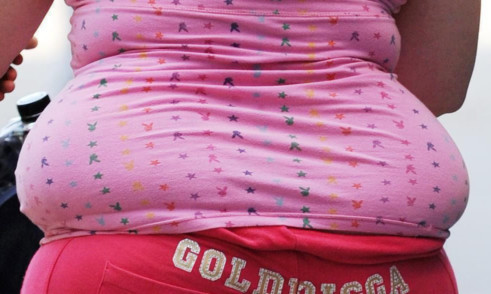Predictions that half the British population will be obese by 2050 “underestimate” the scale of the obesity crisis, a report suggests.
The UK is in danger of surpassing predictions of a 2007 report which estimated that 50% of the nation would be obese by 2050, the National Obesity Forum said.
The “doomsday scenario” set out in the report does not cover the true extent of the problem, it said. The forum’s latest report calls on health officials to introduce hard-hitting awareness campaigns similar to those for smoking to try to stem the problem.
The organisation also called on family doctors to proactively discuss weight management with patients. GPs should routinely measure children’s height and weight and check adults’ waist circumferences, it said.
The report states: “It is entirely reasonable to conclude that the determinations of the 2007 Foresight Report (ie that half the population might be obese by 2050 at an annual cost of nearly £50bn), while shocking at the time, may now underestimate the scale of the problem.”
Professor David Haslam, chairman of the National Obesity Forum, said: “We’re now seven years on from the Foresight Report. Not only is the obesity situation in the UK not improving, but the doomsday scenario set out in that report might underestimate the true scale of the problem.
“There needs to be concerted action. There is a lot more we can be doing by way of earlier intervention and to encourage members of the public to take sensible steps to help themselves but this goes hand in hand with government leadership and ensuring responsible food and drink manufacturing and retailing.
“We’ve seen hard-hitting campaigns against smoking and it’s time to back up the work that’s already being done with a similar approach for obesity.”
